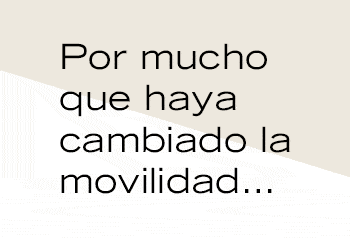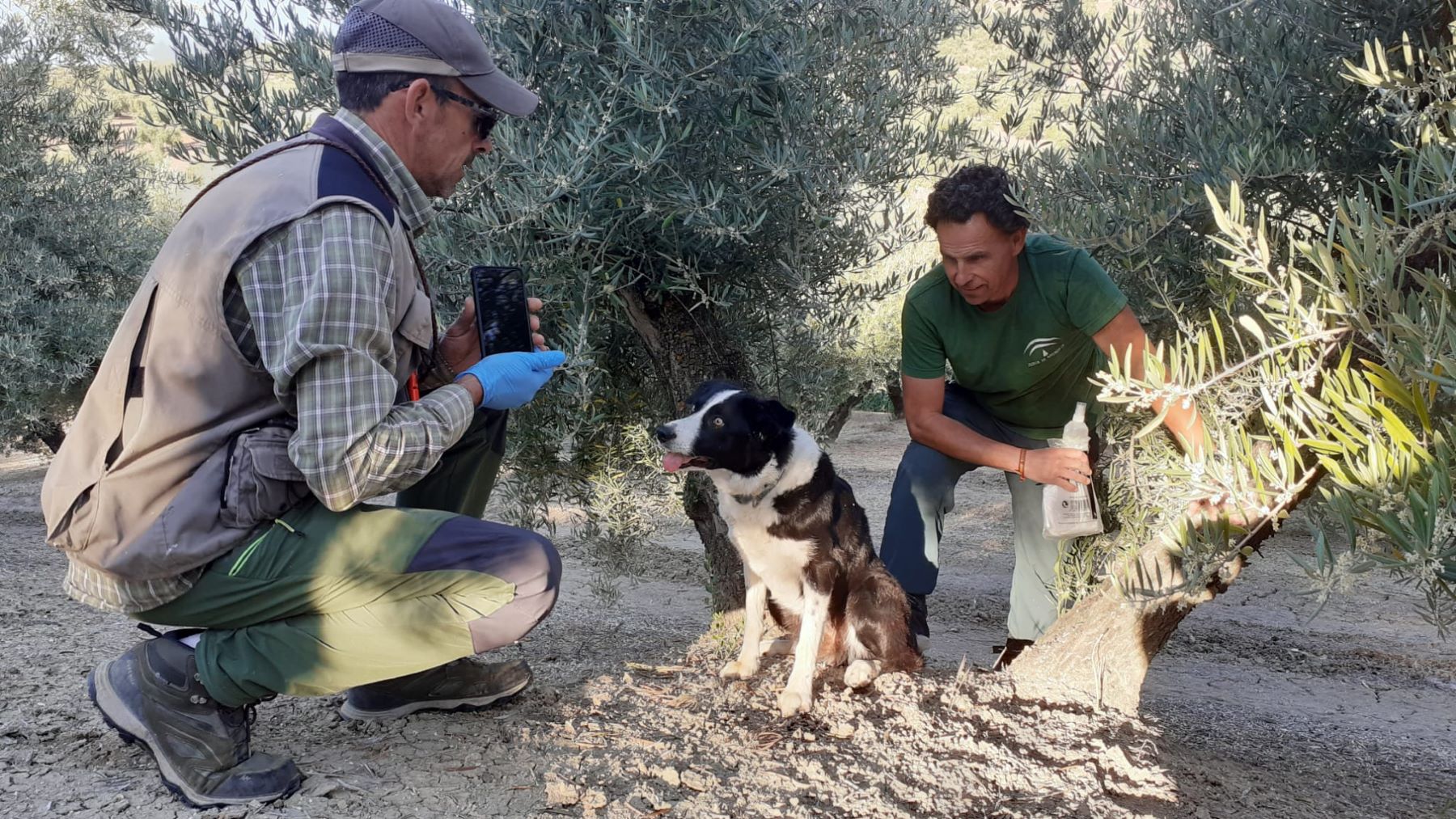A dog group consisting of Ruma, Sky, Kenya and Juno will be the new guards and supervisors, whose mission will be to assist in the LIFE Lynxconnect project to ensure the safety of Iberian lynxes. Your help is truly invaluable to the program.
The Ministry of Sustainability and Environment of the Regional Government of Andalusia recently launched the development of new monitoring techniques Iberian lynx populations and the integration of specially trained dogswhich will complement the traditional one and allow greater detectability and more efficient and effective monitoring of the species.
Within the framework of the LIFE Lynxconnect program, the Junta de Andalucía is working to train a dog unit specialized in locating and tracking the Iberian lynx, which will greatly facilitate the detectability of traces of the above-mentioned species. These dog teams will also significantly increase the surface area and speed at which samples, such as feces or spores, are collected.
The Minister of Sustainability and the Environment, Catalina García, explained that because of the demographic expansion of the Iberian lynx over the past decade“It is essential to develop more efficient and sustainable methods that allow to improve the cost-benefit ratio and that are also transferable and exportable to other endangered species.”
In this way, “logistics costs will be reduced without sacrificing the quality of information generated and long-term monitoring of the population will be guaranteed,” added the branch counselor, who also recalled “the good news received this year from the International Union for the Conservation of Nature (IUCN)”.


The world’s largest organization dedicated to nature conservation has reduced the category of the Iberian lynx species on the red list from ‘endangered’ to ‘vulnerable’. But, the adviser said, “we cannot let our guard down and we must continue to implement mechanisms that adapt to new times and needs.”
Sky, Juno, Ruma and Kenya
As part of the LIFE Lynxconnect project, work is underway to locate traces and remains of Iberian lynx through the use of specialized canine units. The first training phase lasted 6 months and 4 puppies were trained, named Sky, Juno, Ruma and Kenya, border collie, Labrador retriever and Belgian Malinois. The training work consisted of: search and detection exercises, as well as obedience.
The puppies learned then identify lynx samples and distinguish them from others derived from different mammalsas well as the detection of puppies and injured animals with the difficulty of teaching the dog not to interact with them.
Training was continuous until the canines were two years old; At the estimated age they reached their highest level of efficiency, although after six months they finished and started making their first forays, mainly in search of animal feces. lynxes, which is the easiest task for them.
The dogs go into the field to systematically locate cat tracks and remains to genetically characterize both the individuals and their populations. The samples taken by the dogs are analyzed by the CSIC team leads the genetic analysis of the Iberian lynx covered in the LIFE project.
Similarly, emergency forays have been conducted to locate puppies and injured or endangered specimens. One of the most emblematic cases was that of Nava, the female lynx victim of a collision in Montoro in March 2023leaving 4 puppies that were successfully located, partly thanks to the intervention of the canine unit.
The added value of the dog unit is so great that the conversion to other areas of the LIFE project outside Andalusia is appreciated: in Extremadura, Castilla La Mancha, Murcia and Portugal. Exhibitions are held, but also specific trips to look for traces and/or individuals.
Over the past 15 years, monitoring of the population of Iberian lynx is mainly carried out via photo trapping supported by tools such as radio tracking. These are proven and refined techniques that have provided a lot of information, but require a resource commitment directly proportional to the population being monitored.
The use of dogs is particularly useful in three aspects of the project:
- Detection and location of feces. The genetic monitoring of the nuclei is proposed by execution collection of feces of the Iberian lynxwhere the use of dog teams can significantly contribute to increasing their effectiveness and reducing confusion with similar droppings from other species.
- Detection of tracks from scattered specimens, to confirm data from animals in new areas where track density is very low. When dispersal specimens are reported in areas where they have not been previously detected, with very low spore densities, it is necessary to improve detectability with more effective tools, such as dog teams trained in scents related to the Iberian lynx.
- Detection of lynx cubs and injured or endangered specimens.
LIFE, transnational cooperation project to save the Iberian lynx
The Ministry of Sustainability and the Environment leads the transnational cooperation project LIFE Lynxconnect, which consists of: 34 cross-cutting actions designed to achieve the objectives more efficientlyS. This project, made up of 22 partners, is one of the pillars of the Andalusian government’s policy for the conservation and protection of endangered species. It was born with a five-year horizon and operates in a large area in the center and south of the Iberian Peninsula.
One of the major milestones achieved around this project is the increase in the genetically viable population. According to the last census of 2023, more than 2,000 lynxes in the wild on the Iberian Peninsulaof which 755 are present in Andalusia, the community with the largest number of specimens showing a growth of 20 percent.
He The monitoring by this dog unit is of particular importance when it comes to finding specimens that have some difficulty and moving them to recovery sites in time, or, as in the case of the deceased lynx, finding their babies and placing them in good shelter.

